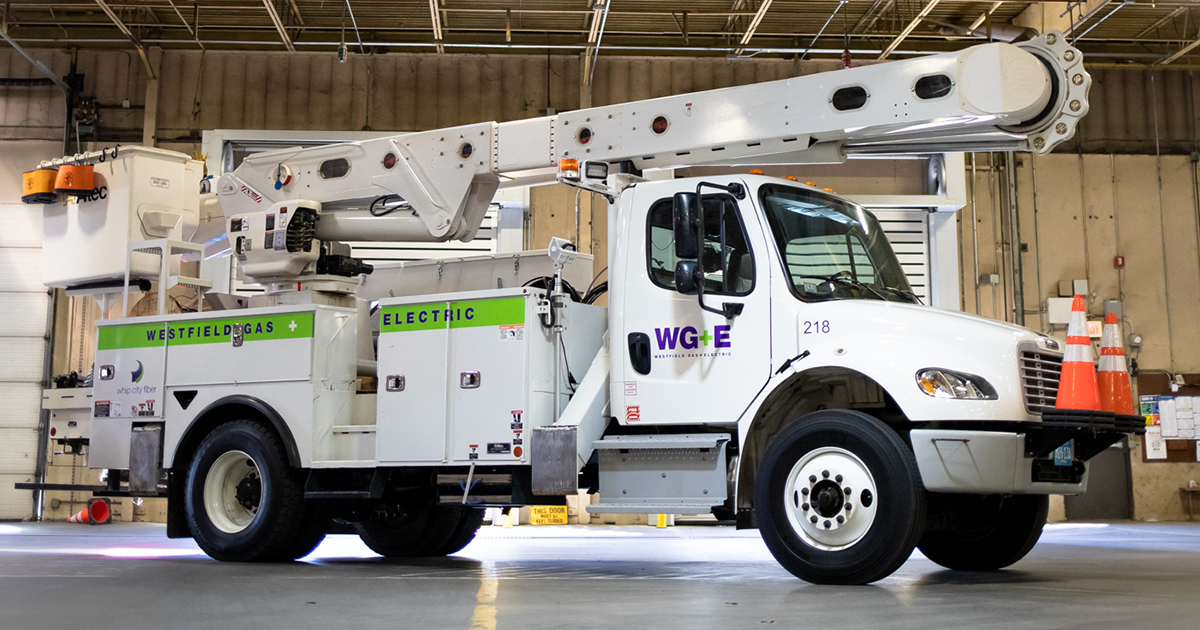Employee Rights Under the Family and Medical Leave Act
What is FMLA leave?
The Family and Medical Leave Act (FMLA) is a federal law that provides eligible employees with job-protected leave for qualifying family and medical reasons. The U.S. Department of Labor’s Wage and Hour Division (WHD) enforces the FMLA for most employees.
Eligible employees can take up to 12 workweeks of FMLA leave
in a 12-month period for:
- The birth, adoption or foster placement of a child with you,
- Your serious mental or physical health condition that makes you unable to work,
- To care for your spouse, child or parent with a serious mental or physical health condition, and
- Certain qualifying reasons related to the foreign deployment of your spouse, child or parent who is a military servicemember.
An eligible employee who is the spouse, child, parent or next of kin of a covered servicemember with a serious injury or illness may take up to 26 workweeks of FMLA leave in a single 12-month period to care for the servicemember.
You have the right to use FMLA leave in one block of time. When it is medically necessary or otherwise permitted, you may take FMLA leave intermittently in separate blocks of time, or on a reduced schedule by working less hours each day or week. Read Fact Sheet #28M(c) for more information.
FMLA leave is not paid leave, but you may choose, or be required by your employer, to use any employer-provided paid leave if your employer’s paid leave policy covers the reason for which you need FMLA leave.
Am I eligible to take FMLA leave?
You are an eligible employee if all of the following apply:
- You work for a covered employer,
- You have worked for your employer at least 12 months,
- You have at least 1,250 hours of service for your employer during the 12 months before your leave, and
- Your employer has at least 50 employees within 75 miles of your work location.
Airline flight crew employees have different “hours of service” requirements.
You work for a covered employer if one of the following applies:
- You work for a private employer that had at least 50 employees during at least 20 workweeks in the current or previous calendar year,
- You work for an elementary or public or private secondary school, or
- You work for a public agency, such as a local, state or federal government agency. Most federal employees are covered by Title II of the FMLA, administered by the Office of Personnel Management.
How do I request FMLA leave?
Generally, to request FMLA leave you must:
- Follow your employer’s normal policies for requesting leave,
- Give notice at least 30 days before your need for FMLA leave, or
- If advance notice is not possible, give notice as soon as possible.
You do not have to share a medical diagnosis but must provide enough information to your employer so they can determine whether the leave qualifies for FMLA protection. You must also inform your employer if FMLA leave was previously taken or approved for the same reason when requesting additional leave.
Your employer may request certification from a health care provider to verify medical leave and may request certification of a qualifying exigency.
The FMLA does not affect any federal or state law prohibiting discrimination or supersede any state or local law or collective bargaining agreement that provides greater family or medical leave rights.
State employees may be subject to certain limitations in pursuit of direct lawsuits regarding leave for their own serious health conditions. Most federal and certain congressional employees are also covered by the law but are subject to the jurisdiction of the U.S. Office of Personnel Management or Congress.
What does my employer need to do?
If you are eligible for FMLA leave, your employer must:
- Allow you to take job-protected time off work for a qualifying reason,
- Continue your group health plan coverage while you are on leave on the same basis as if you had not taken leave, and
- Allow you to return to the same job, or a virtually identical job with the same pay, benefits and other working conditions, including shift and location, at the end of your leave.
Your employer cannot interfere with your FMLA rights or threaten or punish you for exercising your rights under the law. For example, your employer cannot retaliate against you for requesting FMLA leave or cooperating with a WHD investigation.
After becoming aware that your need for leave is for a reason that may qualify under the FMLA, your employer must confirm whether you are eligible or not eligible for FMLA leave. If your employer determines that you are eligible, your employer must notify you in writing:
- About your FMLA rights and responsibilities, and
- How much of your requested leave, if any, will be FMLA-protected leave.
Where can I find more information?
Call 1-866-487-9243 or visit dol.gov/fmla to learn more.
If you believe your rights under the FMLA have been violated, you may file a complaint with WHD or file a private lawsuit against your employer in court. Visit the US Department of Labor website to learn about our WHD complaint process.


